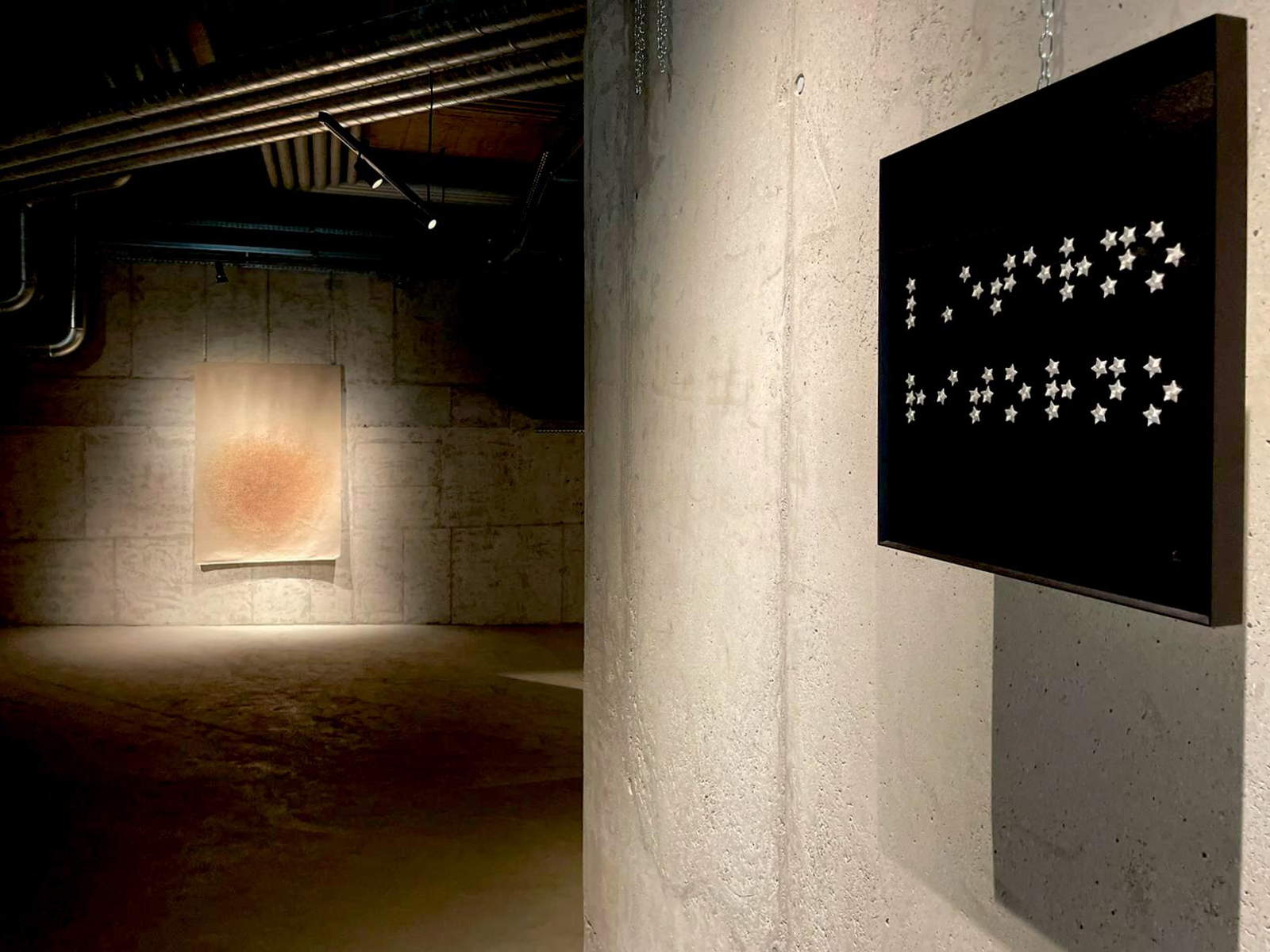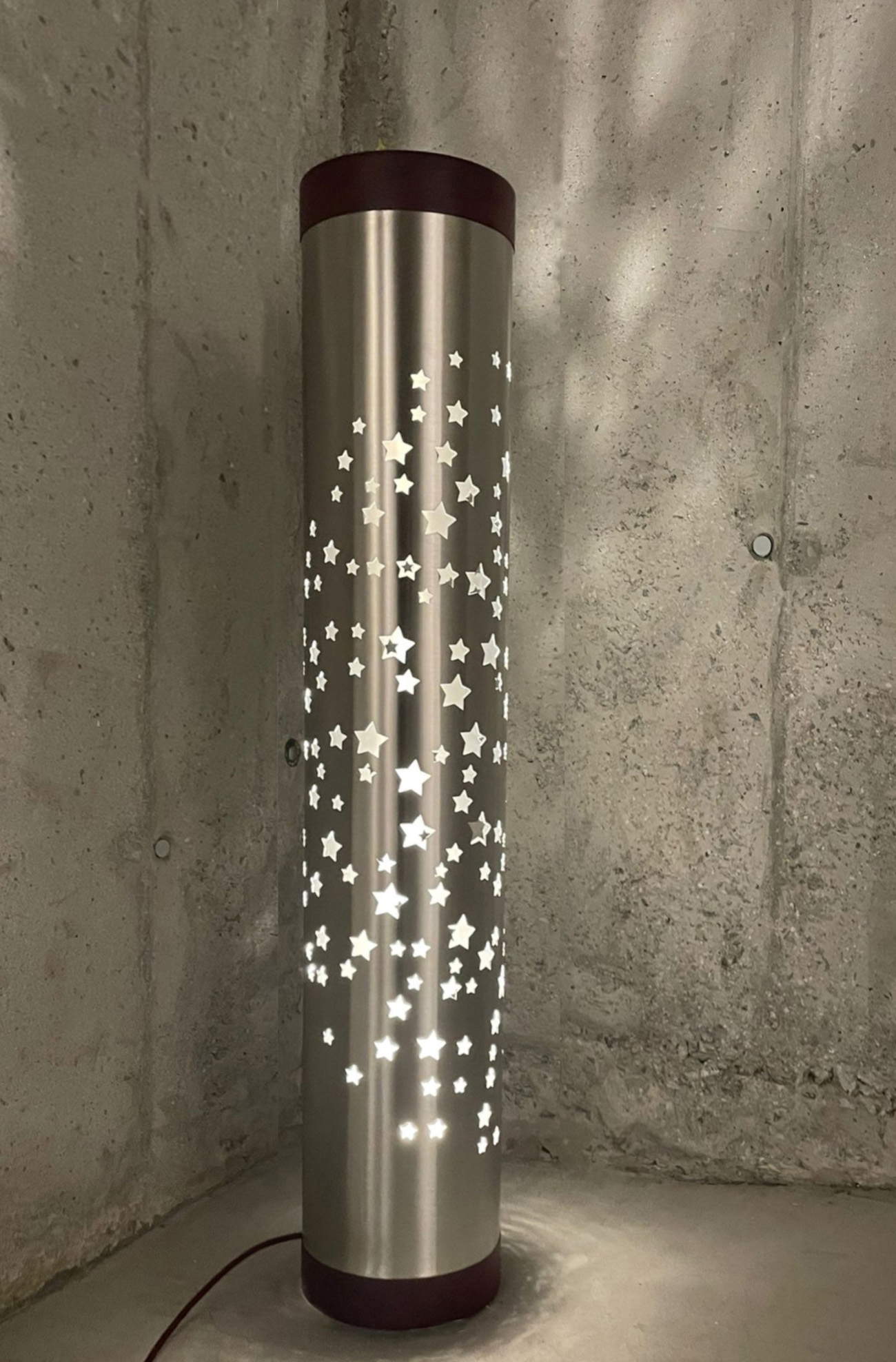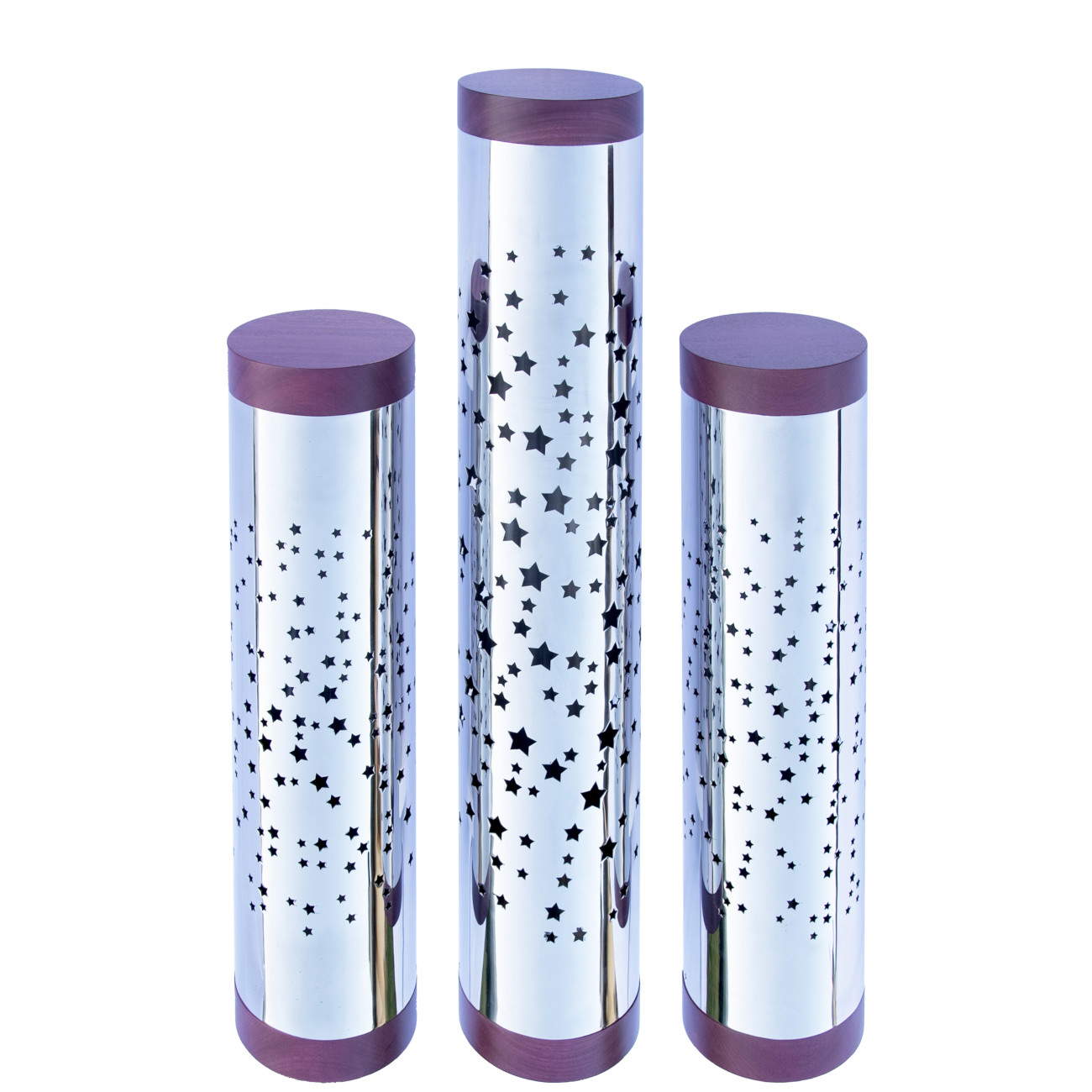In Switzerland famous maxims become braille light sculptures. On display are the works of Fulvio Morella
Fulvio Morella, known for his immersive and multisensory art, is featured in the Engadine with an exhibition at the Sonne Gallery in Silvaplana, a Swiss town near Saint Moritz, from Aug. 3 to Dec. 8, 2024. Following the success of her solo show in Paris and the inclusion of her works in the collections of the Kunsthistorische Museum in Vienna, Monnaie de Paris and UNESCO, Morella presents Braillight, a series of light sculptures made of steel and amaranth wood that use braille as a light source.
The project, organized in collaboration with Nicoletta Rusconi, Cramum and under the artistic direction of Sabino Maria Frassà, also includes the exhibition ORDINE, where Fulvio Morella’s works will be displayed alongside two large works by Arjan Shehaj, a Cairo Prize finalist.
The centerpiece of these initiatives is the Star Braille designed by Morella to celebrate the bicentennial of the braille alphabet. In this series, braille dots become celestial bodies, creating a starry sky with maxims from St. Francis, Jung and Saint-Exupéry; these reflections become three-dimensional with Braillight’s light sculptures.
Prominent among the works on display are the words of Antoine de Saint-Exupéry from The Little Prince: “It is very simple: one cannot see well except with the heart. The essential is invisible to the eyes.” Morella wants to convey with these works a message of transcendence from earthly limits and elevation to the infinite. In addition to this homage to the Little Prince, the artist also celebrates St. Francis’ reflection of peace and hope: “All the darkness in the world cannot extinguish the light of a single candle.”
Morella’s art, however, is never moralistic but aims to unite, include and involve. With his irony, he has also turned Sigmund Freud ’s critical thinking into light: “In the impossibility of being able to see clearly, at least we see the darkness clearly.”
“Fulvio Morella,” explains curator Sabino Maria Frassà,“narrates new orders, only apparently chaotic, interpreting Form in a new way. This ’return to form’ is a coming to a new order, as it was for Picasso: it is not about going back but creating something innovative from the ruins of the past, assimilated and relived. Far from action painting, he works to seek the infinite through an almost compulsive repetition of a form, arranged in a non-random order, which finally clearly composes recognizable forms within which one can even trace a written message. It thus becomes clear that the real engine that moves the artist is the search for the infinite, the elevation of his own existence. His works thus always end up awakening the senses and a self-awareness by becoming portals to other dimensions that envelop and amaze the viewer. In these new anarchic orders, art finds its purest dimension, integrating and transforming form and the sense of sight into a first pa sse toward the only possible order, the infinity of which we are made.”



 |
| In Switzerland famous maxims become braille light sculptures. On display are the works of Fulvio Morella |
Warning: the translation into English of the original Italian article was created using automatic tools. We undertake to review all articles, but we do not guarantee the total absence of inaccuracies in the translation due to the program. You can find the original by clicking on the ITA button. If you find any mistake,please contact us.





























